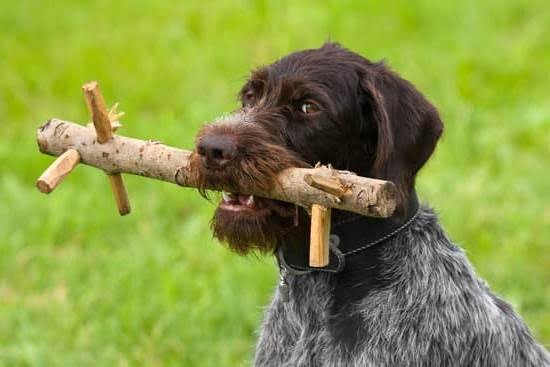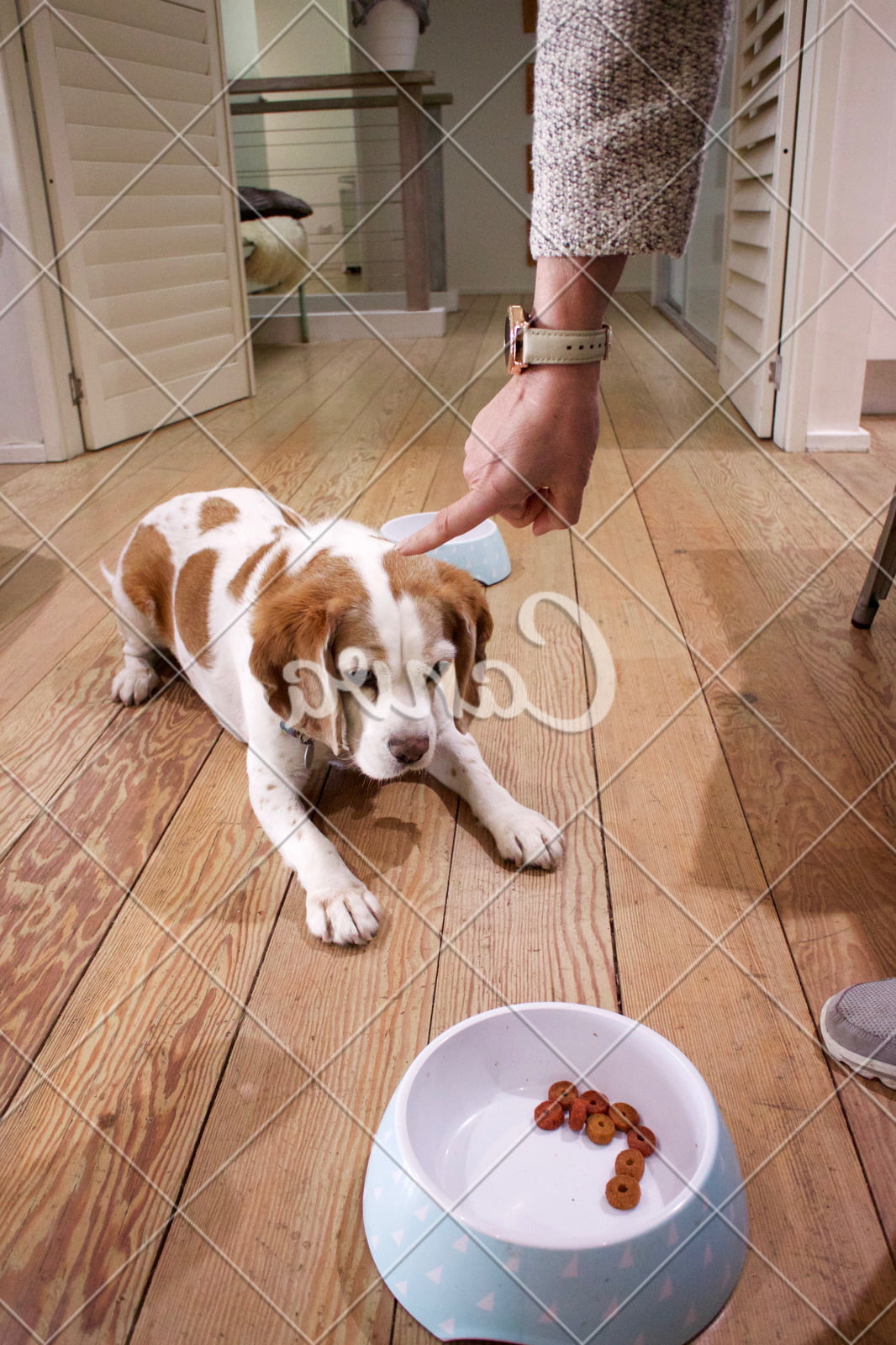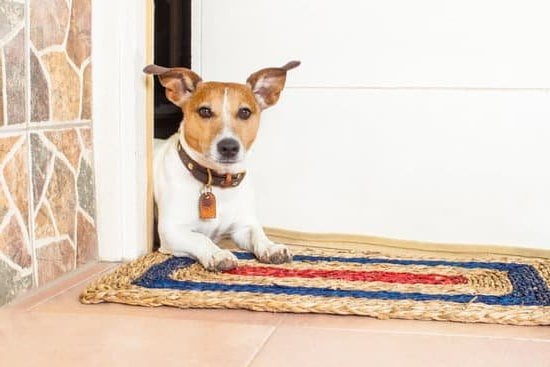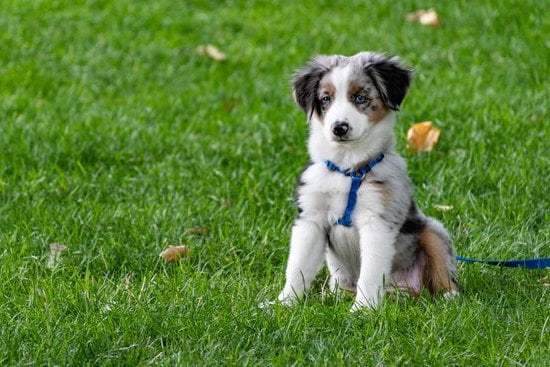Introduction
Whether you have a new puppy or even an older dog, treats are an excellent tool in your arsenal for teaching and reinforcing desired behaviors. It’s important to learn how to pick the most appropriate treat and use them in the most effective way.
Before getting into specifics, it’s important to be aware of some basic points about using treats for training. Firstly, as much as possible, keep the training environment distraction-free and make sure that your pup is motivated and focused before beginning a training session. As a rule of thumb, keep treats of similar size – no matter the type – so that each one provides roughly the same reward-value. Secondly, always give the treat with both hands since it will build trust between you and your four-legged friend while providing positive reinforcement. Finally, aim to use verbal praise words (good boy/girl!) as well as affectionate pets however small so that your pup begins to understand what behavior is right or wrong on different levels.
When selecting treats for training purposes consider using food items that provide high amounts of protein such as freeze dried liver, tiny pieces of grilled steak or chicken breast; these are especially useful when introducing new commands or during intense sessions at home or outdoors. A balanced daily diet is essential but providing interesting tasty snacks can really get their attention when introducing a new command or teaching an old trick! Freeze dried beef lung chips can be easily broken up into smaller particles and are heavenly for dogs who absolutely adore smelly doggy treats! Small crunchy biscuits made from oats and various grains are also excellent – not only do they satisfy hunger cravings but also provide natural vitamins needed by your pet mix them with cottage cheese cubes for more variety.
Benefits of Using Treats to Train Dogs
Using treats to train dogs is one of the best methods for dog training. Treats encourage positive behaviours and reinforce good habits in a healthy way. Treats can make training fun and interesting for both you and your pet, making it easier to stay motivated and teach your furry friend effectively. Positive reinforcement through treats encourages repetition of desired behaviour, demonstrating to the dog what is expected from it. In addition, treats can be used as motivators while teaching new commands or skills, helping dogs to perform confidently with a reward afterwards.
The kind of treat you choose is very important when using them for training purposes. When selecting treats to use in training, look for something your pup loves that’s low in calories and easy for them to eat quickly. High-quality treats with natural ingredients serve as the healthiest option as they provide essential nutrients and vitamins benefiting your pup’s overall well-being. Additionally, when you give a treat as rewards during training sessions try breaking them into tiny pieces as this will not only save money on treating costs but also help keep your pup from overeating high-calories snacks which can lead to health issues such as obesity over time.
What Types of Treats are Best for Dog Training and Why?
When it comes to training your dog, treats can be a great tool for reinforcement. Choosing the right treat makes all the difference in how effective the training will be. Different types of treats have different levels of effectiveness based on their ingredients and delivery method.
Some popular options for training treats include freeze-dried chicken or beef, jerky, soft chews, canned foods, and kibble. Freeze-dried treats are highly palatable and typically contain single protein sources, making them great for dogs with food sensitivities. Jerky is also tasty and easy to break into small pieces so they can be given as rewards throughout the day without filling our pup up too quickly. Soft chews are a good option if you’re looking for something that’s easy to digest that can help freshen breath at the same time. Canned foods are convenient when in a hurry because they require very little preparation and are often meaty based which dogs tend to enjoy more than dry kibble. Lastly, using kibble as reward is one of the most traditional methods since most dogs love it, however it should only be used sparingly since too many calories from treats could lead to obesity in our pets.
Regardless of which treat you choose to use for your dog’s training sessions, make sure that it appeals to your pup’s taste buds and interests enough for them to want more!
How to Choose the Right Treats for Your Dog
When it comes to training your dog, treats can be an invaluable tool. But it’s important to ensure that the treats you choose are ones that your pet will love and won’t have any adverse affects on their health. Here are some tips for choosing the best treat for your pup.
First, look for a treat that is high in protein. Protein is essential for maintaining healthy muscles and bones, so it’s important to make sure your dog’s treats contain at least some amount of protein. Not only will this help keep them energized during training, but it’ll also help with overall health and longevity. Additionally, consider the size of the treats you’re offering. Smaller pieces are great for breaking into smaller segments for more detailed training tasks, while larger pieces might make for a more tangible reward after completing commands or doing good deeds like peeing outside instead of inside.
Next, make sure you know what ingredients are in each treat – if they contain chemicals or preservatives you don’t recognize then they’re probably not suitable as a reward. You want natural ingredients such as meat or vegetables that give your pup a healthy dose of protein without any potential toxins lurking in the background. Lastly, pay attention to how quickly food is consumed – slow burn snacks provide more satisfaction and last longer than quick bursts of energy. Whichever kind of treat you choose, quality nutrition should always be at the forefront of your decision-making process!
How to Use Treats to Train Your Dog
There are several different techniques for using treats to train your dog. Positive reinforcement is a popular technique, where you reward your pup for following an order or doing something correctly. This method of training uses treats as a way to deliver encouragement and incentive to keep doing something right. Positive reinforcement is often considered the best approach to teaching obedience to dogs, as it does not involve any punishment or negative consequences and may be more effective than other methods.
Another common technique for using treats to train dogs is clicker training. Clicker training involves using a small hand-held device that emits a clicking sound each time the desired behavior has been demonstrated by the dog. The clicks serve as an audible marker that allows the trainer to communicate with their pet in a way they can easily understand. Treats are then used at the same time so that the animal becomes conditioned to associate a specific behavior with both clicks and rewards.
The third technique is luring, which involves physically guiding your pooch into doing what you’d like them to do using treats as bait. While some experts warn this sort of training can potentially lead to bad habits, when done correctly it can still be effective – use clear commands and gestures along with treats, so that your pup develops an understanding of how preforming certain actions will reward him or her with food, rather than just blindly responding with inertia. All these techniques are valid ways of teaching dogs acceptable behaviors through the use of food rewards!
Creative Ways to Use Treats For Training Dogs
Using treats to train your dog is a great way to positively reward good behavior and create healthy habits. When used in a positive light, treats can provide motivation for dogs to learn new commands and understand desired behaviors, while maintaining trust and communication between the dog and its owner.
Here are some creative ways to make use of treats when training your furry best friend:
1. Break Up Treats! Instead of giving your pup one big treat as a reward, break up the treat into smaller pieces and deliver over multiple sessions. This will improve the focus of your pup during training sessions and give them something to look forward to each time you start over again.
2. Partner with Toys! Using toys in combination with treats is an effective way to provide variety during training sessions. By offering different play items like balls or frisbees alongside treats, it helps keep your pup attentive as they become accustomed to certain commands linked with specific reward items.
3. Create Distance Exercises! Working on distance exercises is important for commanding attention from farther away distances without having your pup near you at all times. Having them “come” or “sit” means nothing if they don’t obey these commands even when you take a step back out of reach. Distributing treats at regular intervals can help maintain their interest while they remain focused on their task even when they cannot immediately receive rewards—this be done by leaving behind scent trails that lead back to where the handler is located with more treats waiting for the pup upon completion of commanded exercises from far away distances from the handler.
4. Hide It! If you want to increase mental stimulation for your pooch, hide the treat in different places so that it requires solving some sort of puzzle before being able to get it as a reward—this encourages problem-solving skills on their own as well as creates excitement every time they get a treat after correctly completing an exercise or command that was given by the handler.
Practical Tips and Tricks for Training Dogs with Treats
When it comes to training your dog, treats can be an effective way of rewarding them for good behavior. Treats typically come in the form of small, bite-size snacks such as pieces of boiled chicken, bits of cheese or specially made dog treats. Generally, each treat should be small and easy to chew with a flavor that your dog loves. When giving them a treat for good behavior ensure that you give it at the exact moment the wanted behavior occurs so they know what they’re being rewarded for.
In addition to using treats to reward your pup, some trainers will use special words or phrases associated with their reward. For instance, when you hand out a treat after your pup follows a command you could add “Good job” or just say “Yes” in a joyful tone. This helps create an association between following commands and receiving rewards which encourages more desirable behavior from your pup in the future.
During training sessions it’s important to mix up your approach with different types of treats at varying amounts. Some believe that breaking up large slices of high-value treats into several smaller pieces makes the reward even more significant for canines and increases their want to continue learning behaviors. Additionally, if you need your pup to repeat specific tasks during training giving them different types of treats intermittently can help keep them focused on their assignment and motivated to complete it correctly.
Conclusion
Treats are essential as positive reinforcement when it comes to dog training. Positive reinforcement encourages your pup to keep repeating desired behaviors by rewarding her with a tasty treat. Treat training also serves as an excellent bonding opportunity. When treats aren’t used in the appropriate context, however, these rewards can have little effect or actually decrease the reward’s value over time. It is important to Be consistent and remain patient when teaching new commands and offering treats as rewards.
It is also important to keep the training fun for both you and your pup! You can switch up which type of treats you use each day, or rotate one special treat on occasion that your pup loves. Praise works well too—words of affirmation are just as motivating (or sometimes even more so) than a treat! You can also offer different types of rewards such as tug toys or fetch sessions, depending on your pup’s preference. Above all else, staying positive during every training session helps make sure that every interaction with your pup is an enjoyable one!

Welcome to the blog! I am a professional dog trainer and have been working with dogs for many years. In this blog, I will be discussing various topics related to dog training, including tips, tricks, and advice. I hope you find this information helpful and informative. Thanks for reading!





